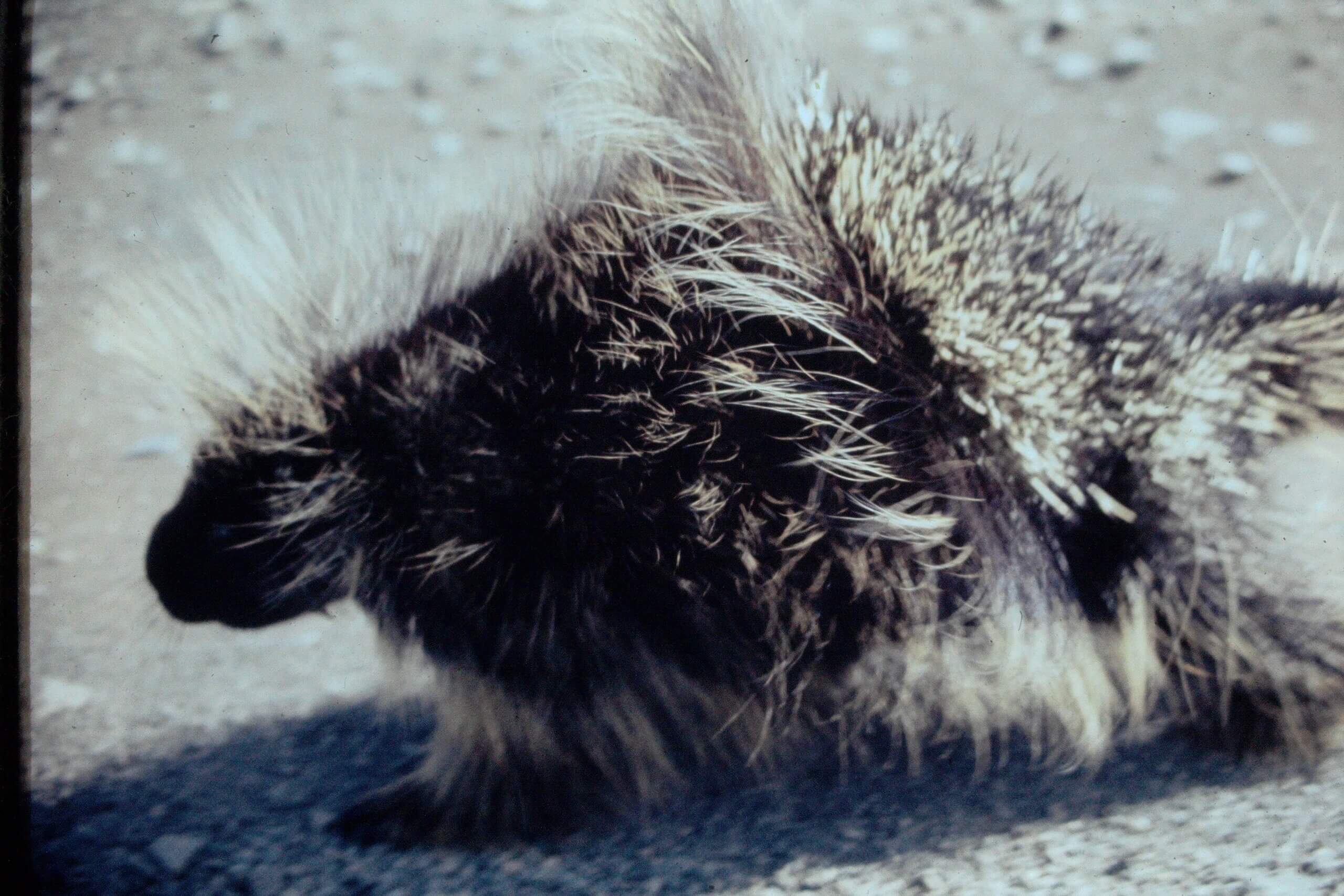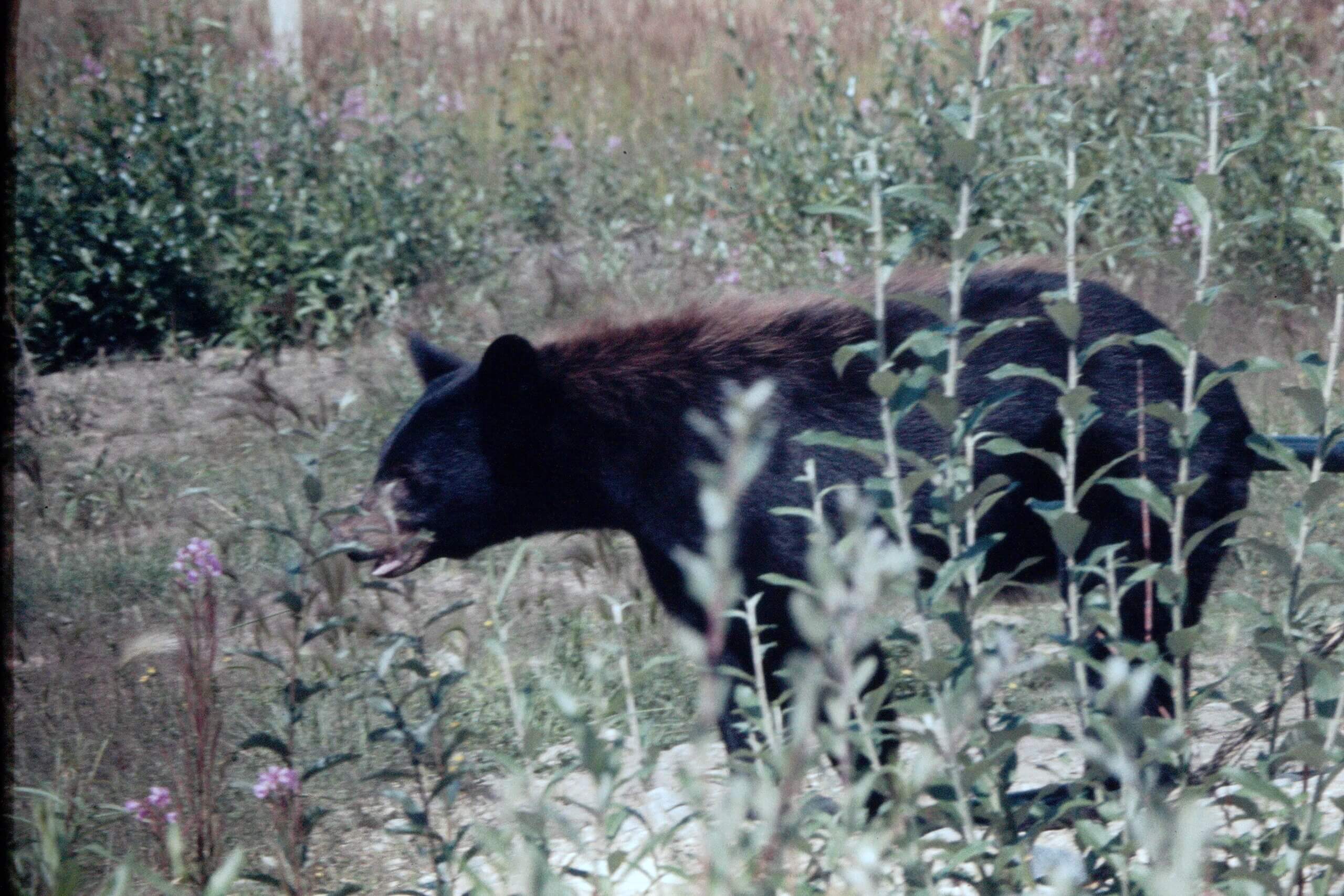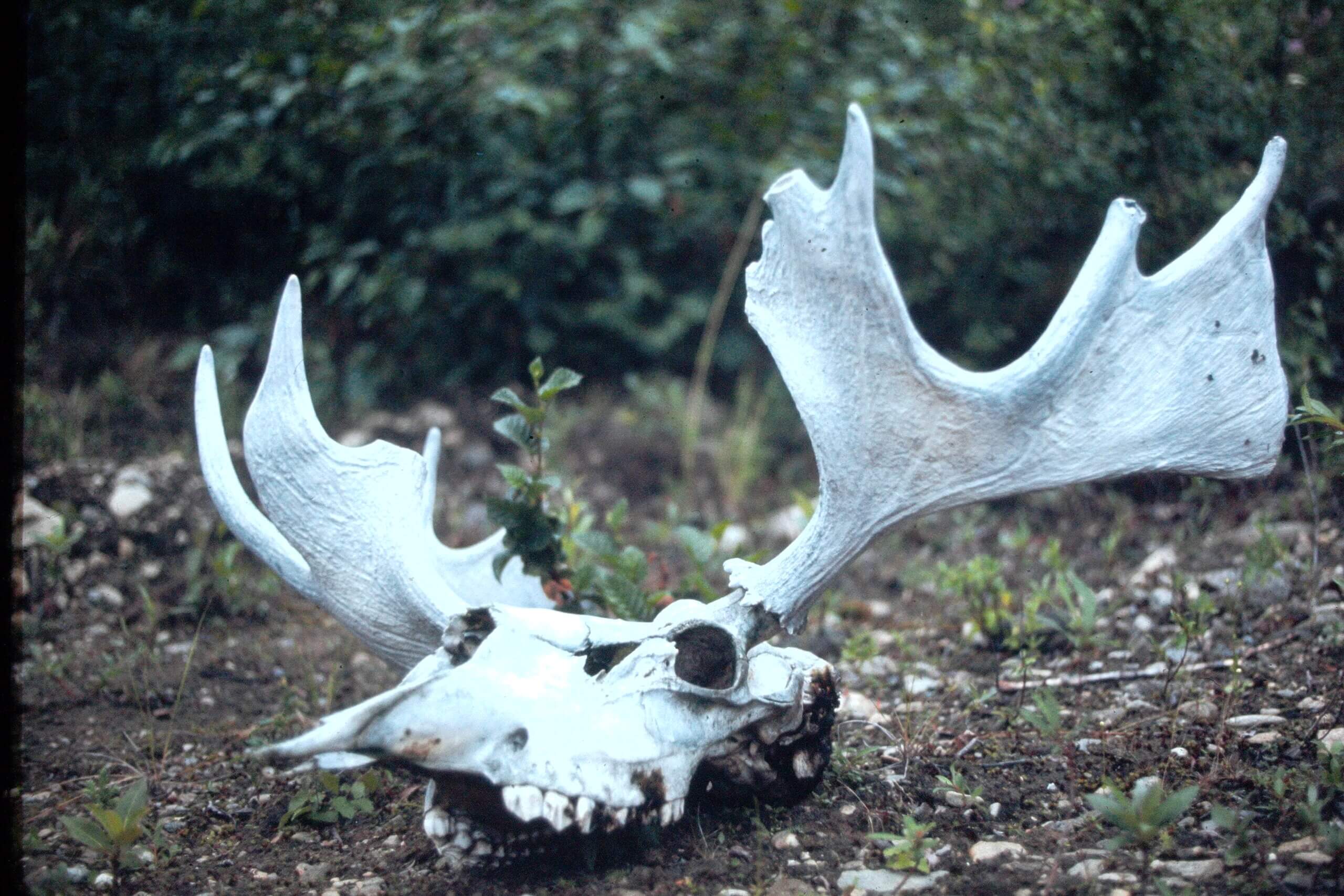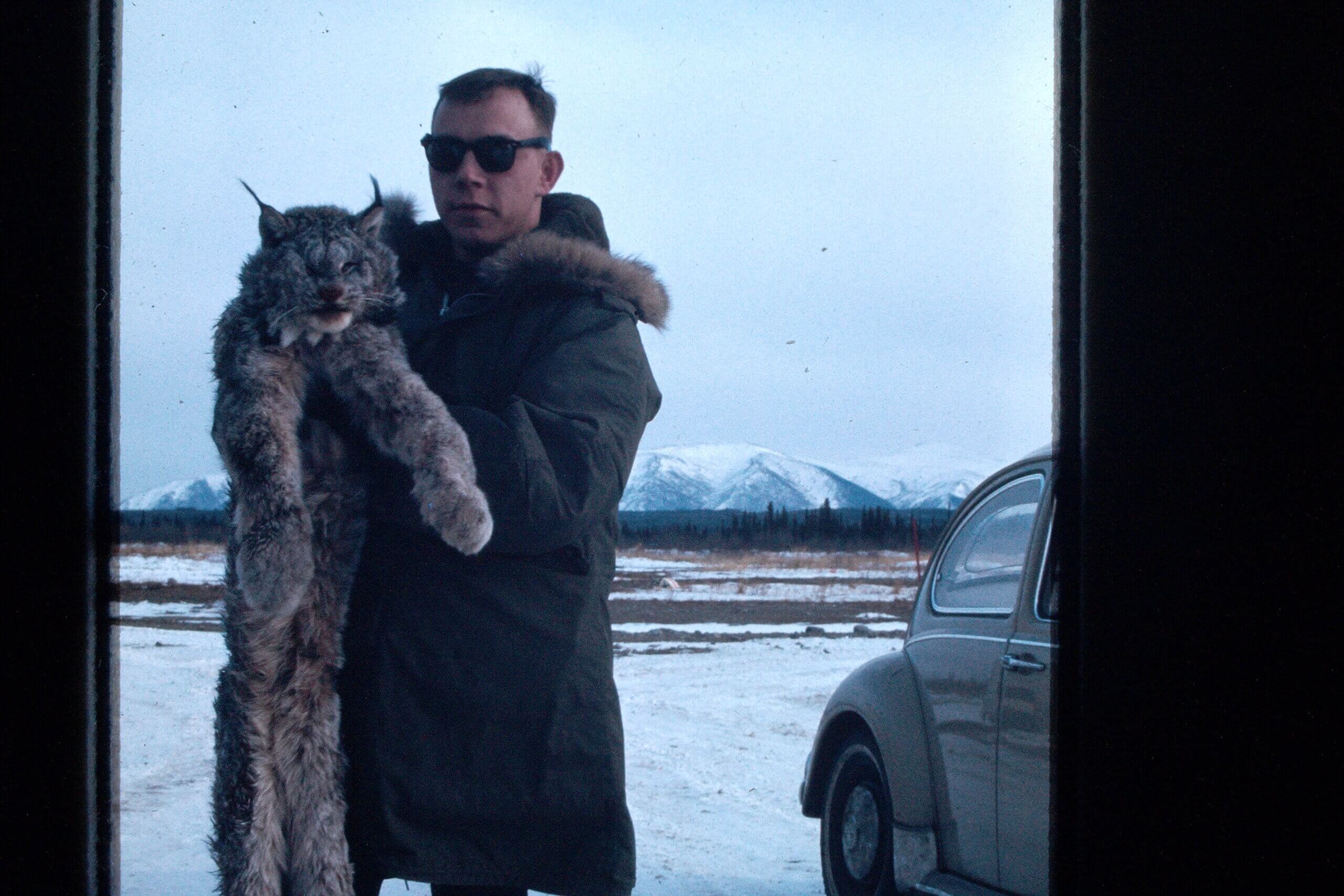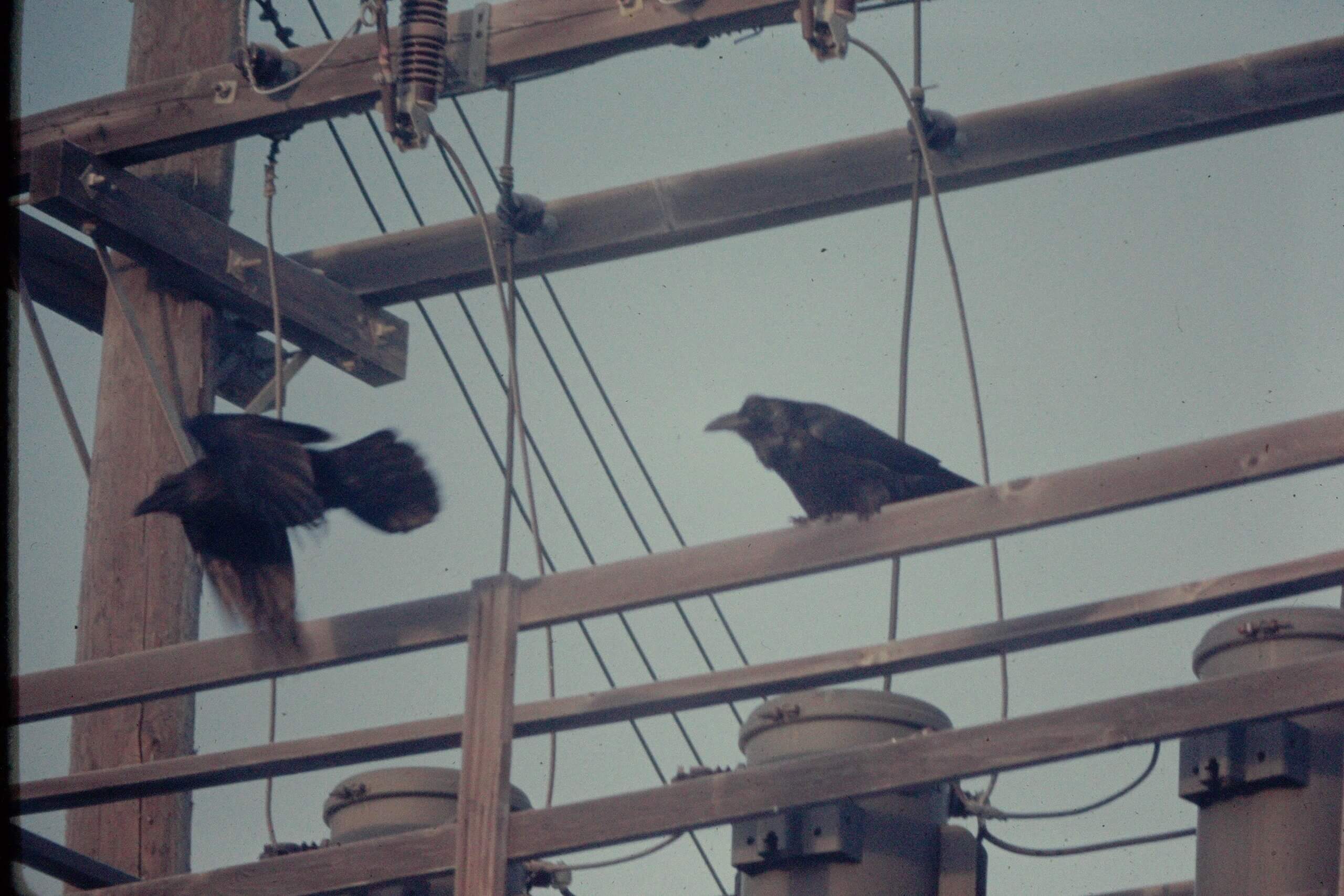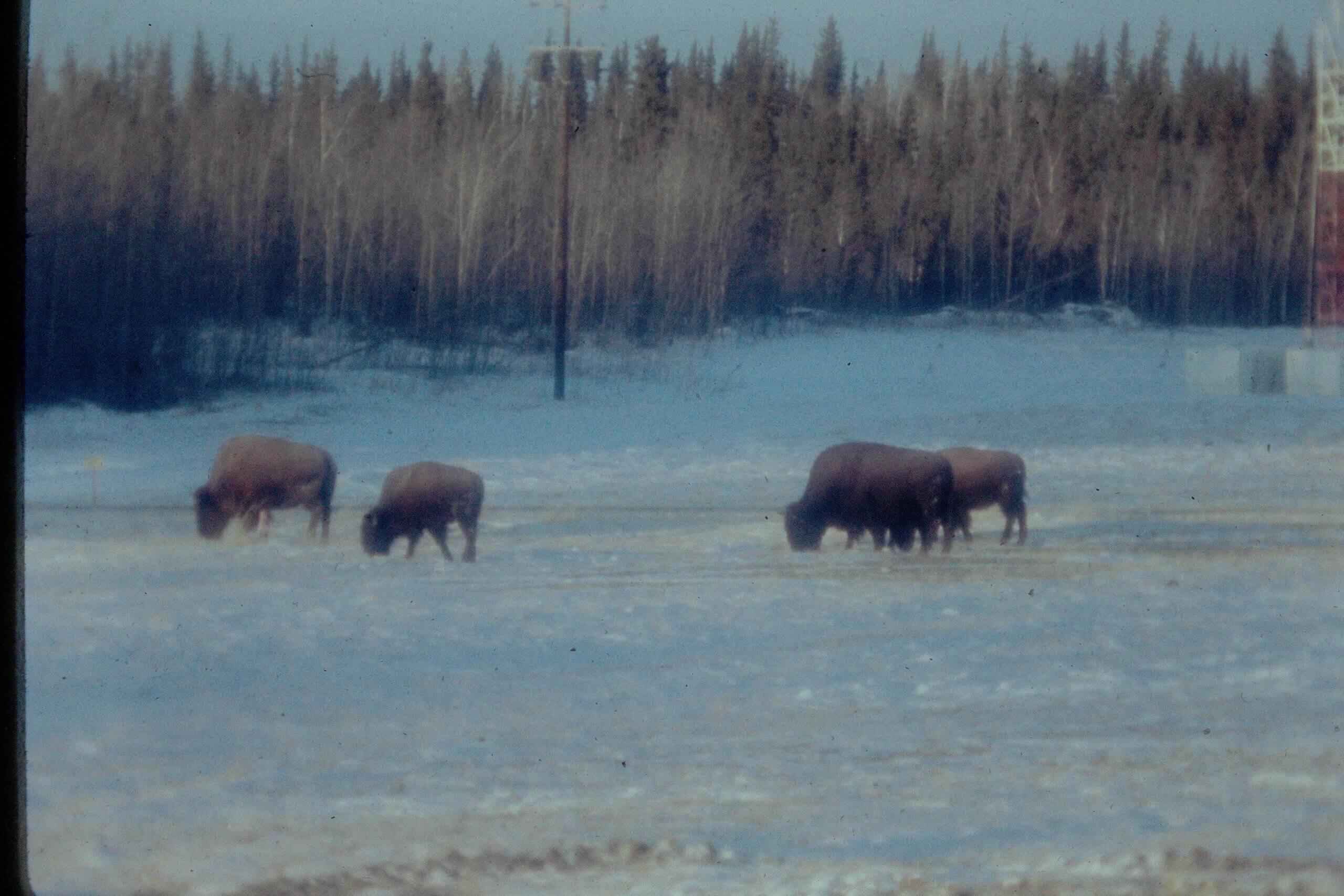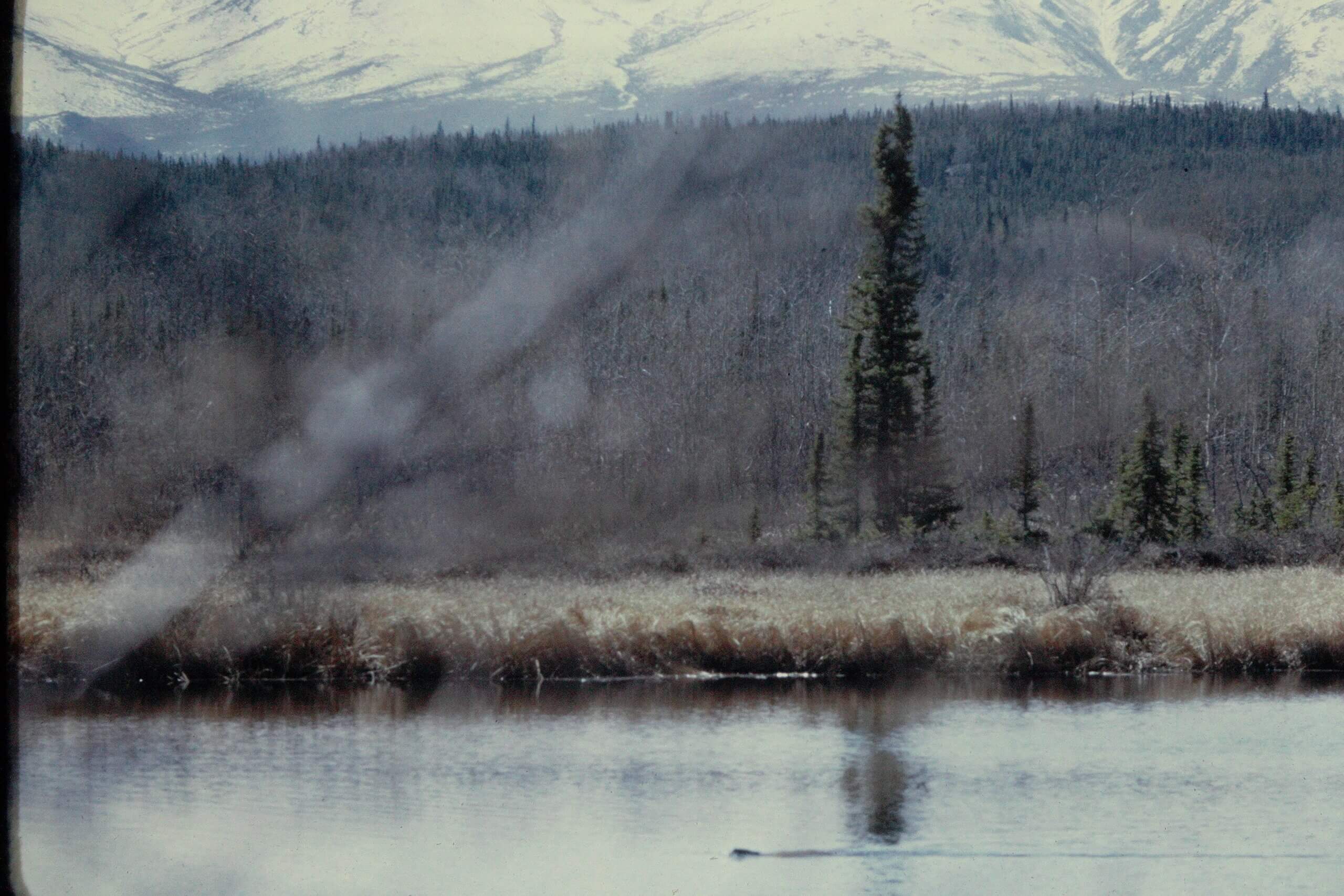Animals near Gerstle River
The area near Gerstle River is a boreal forest with the most common trees being spindly evergreens. The trees are not tall because permafrost is so near the surface that roots cannot penetrate deeply. The forest types are a complex mosaic of sunny aspen groves to spruce bogs – intermingled with meadows, marshes, lakes, and rivers, and support a diverse complement of animals.
Black spruce and white spruce are the most common conifers in this huge ecosystem. Balsam poplar, paper birch, and aspen grow on south-facing, recently disturbed sites such as river bars and recent burns. Common shrubs include willow, highbush cranberry, alder, rose, Labrador tea, and blueberry. Groundcover plants include mosses, lichens, grasses, sedges, and lowbush cranberry. Horsetail is common.
This area is remarkably unspoiled and supports animals I was not familiar with. Herbivores include moose, caribou, porcupine, snowshoe hares, red squirrels, and beavers. Marmots and Dall Sheep live in the nearby Granite Mountains and the Alaska Range. Predators include wolves, coyotes and wolverines (mostly found in the mountains). Bears (black bear and Grizzlies) are omnivores and in this area do not have access to salmon because fish are not able to survive in the sediment laden rivers this close to the glaciers. Bears in the area actually get most of their calories from plants and carrion, along with an occasional caribou or moose calf.
Wolves in this area are larger than normal. Usually, wolves in Canada and Alaska top out at 110 pounds. Some in this area get up to 150 and even 200 pounds. One I saw was as muscular as a black bear. We saw wolf tracks within 50 yards of the buildings. The black dog seen in one of the photos is the same dog that made the dog prints next to the wolf print.
Twenty three Bison were introduced in the Delta Junction area from Montana back in 1928. They survived and the current herd is maintained at about 300 head. 15,000–20,000 people apply each year for 80–120 permits to hunt Delta bison.
